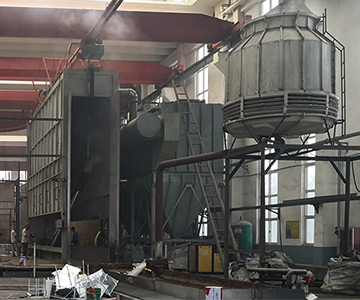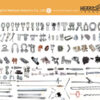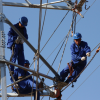Galvanized coating treatment requirements for hot-dip galvanized products in power fittings
1.hot dip galvanizing solution
The total content of impurities (except iron, tin, aluminum and nickel) in the zinc solution used for hot-dip galvanizing should not exceed 1.50% of the total mass. Refer to GB/T470 for the impurities referred to.
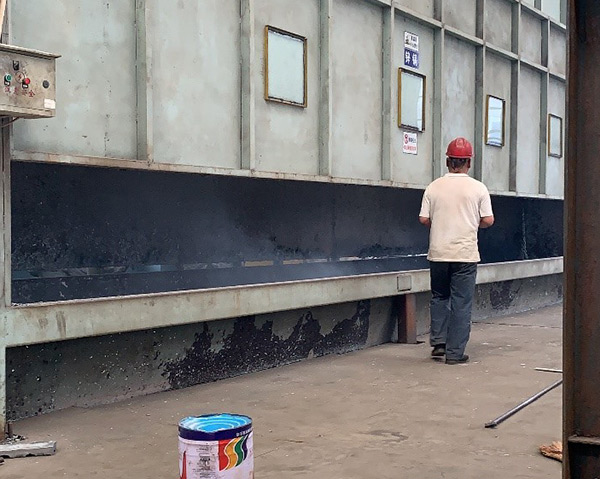
2. Surface treatment requirements before galvanizing
- 2.1 Before galvanizing, the surface of the workpiece should be flat and smooth, with no burrs on the edges, and no defects such as spots, pits, and scratches that affect the quality.
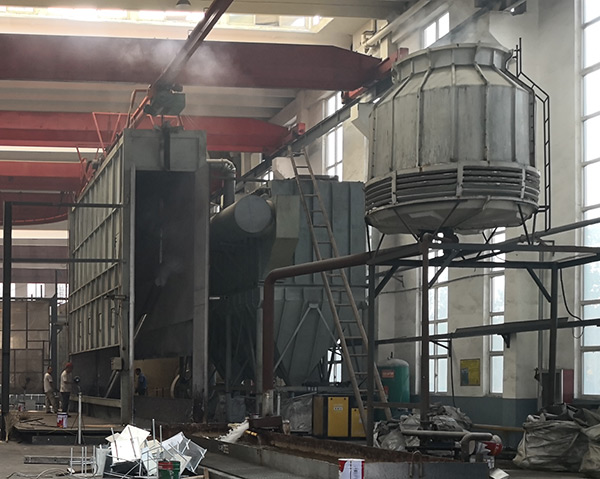
- 2.2 The oil, rust, welding slag and oxide layer on the surface should be removed before galvanizing, and the pre- galvanizing treatment should comply with the relevant provisions of Appendix C of GB/T13912-2002.
3. Appearance of Zinc Layer
- 3.1 The zinc layer should be continuous and smooth, and no acid-returning macular exudation of the zinc layer is allowed. Areas of non-uniform coloration of dull or grayish tints of acceptable zinc layer thickness are permitted, and a matte appearance shall not be a reason for rejection of product.
- 3.2 Leakage spots with a diameter of less than 0.5 mm on the local surface are allowed.
- 3.3 For the connection, contact and parts with anti-corona requirements, no bulge is allowed.
- 3.4 Concentrated zinc-free areas, bulges and corrugations are not allowed on the surface of the plated parts. For scattered zinc-free areas, the total area of bumps and corrugations shall meet the following requirements:
- 3.4.1 For general parts, it should not exceed 0.5% of the total area of the plated parts;
- 3.4.2 Large parts (such as grading shielding rings, large joint plates or parts with a surface area exceeding 2000cm²) should not exceed 0.1% of the total area of the plated parts; c) The galvanized surface of the weld is allowed to have spot-like zinc leakage spots, and its total The area should not exceed 3% of the weld area.
The above zinc-free areas should be repaired with zinc-rich paint or surfacing with low melting point zinc alloy electrodes. The use of zinc-rich paint should comply with the requirements of HG/T3668. - 3.5 Surface defects of the workpiece before galvanizing, such as blisters and slag inclusions caused by casting and forging processes, should not be regarded as quality defects of the coating.
4. Thickness of Zinc Layer
After sampling of galvanized parts, the individual zinc thickness and overall zinc thickness of the test samples shall not be lower than the relevant standards or customer requirements.

